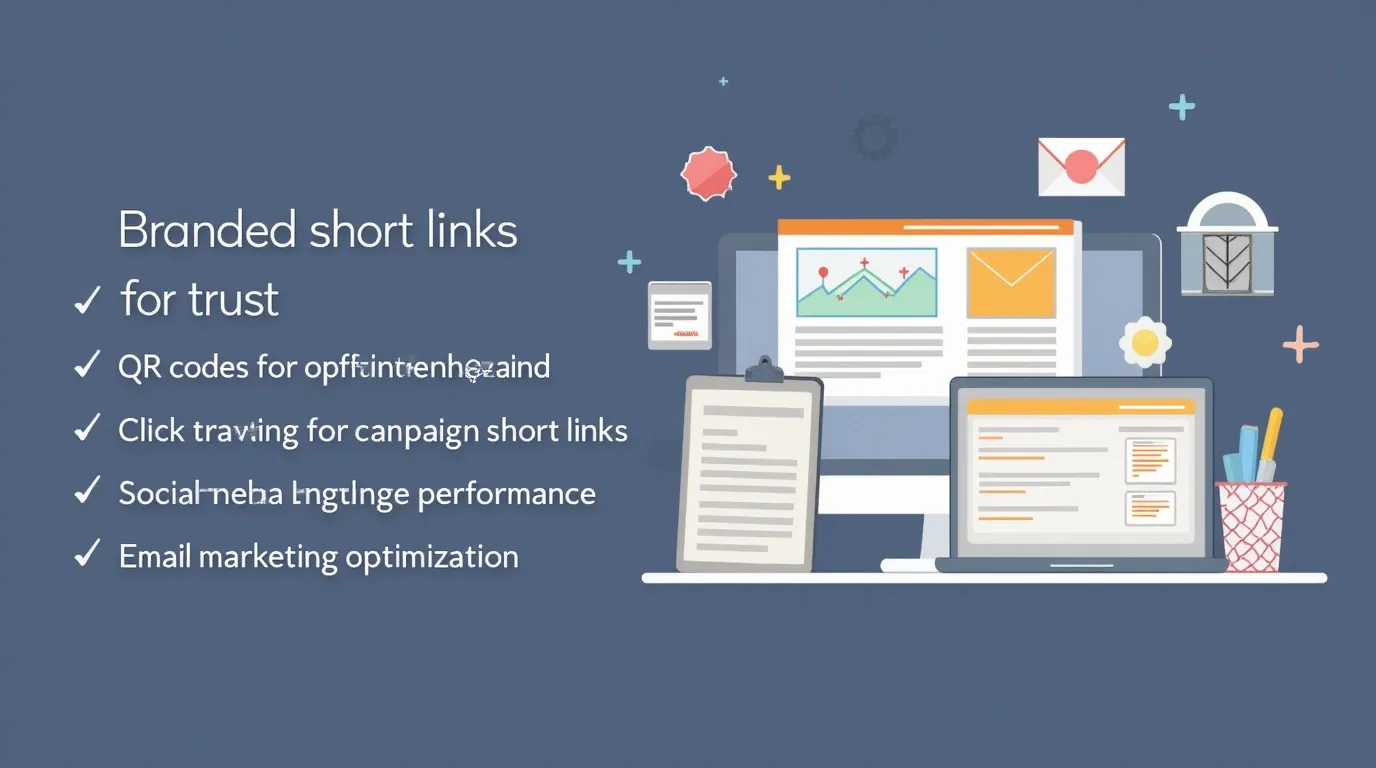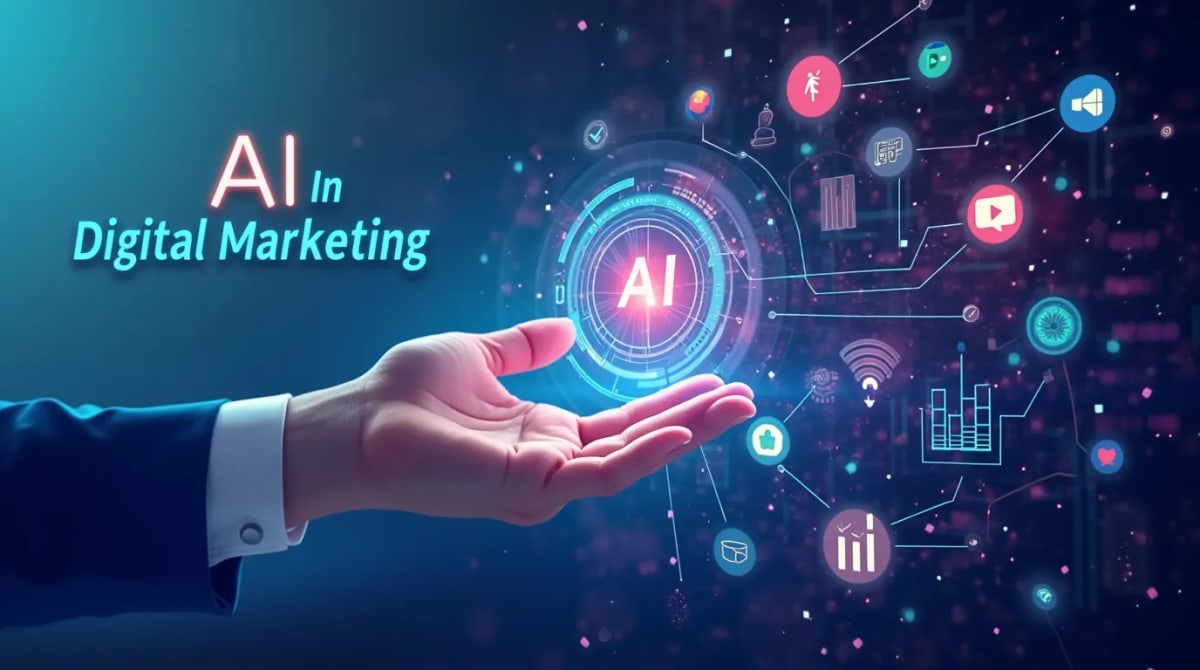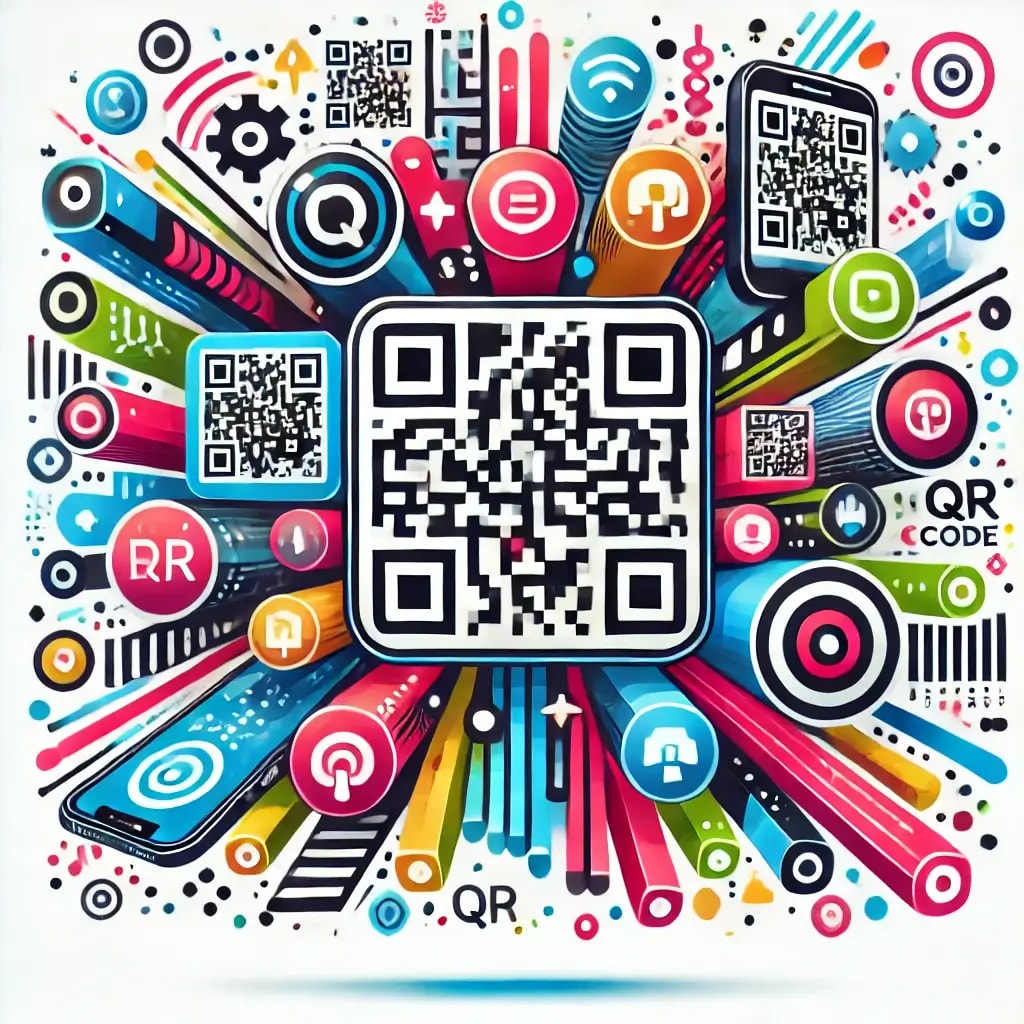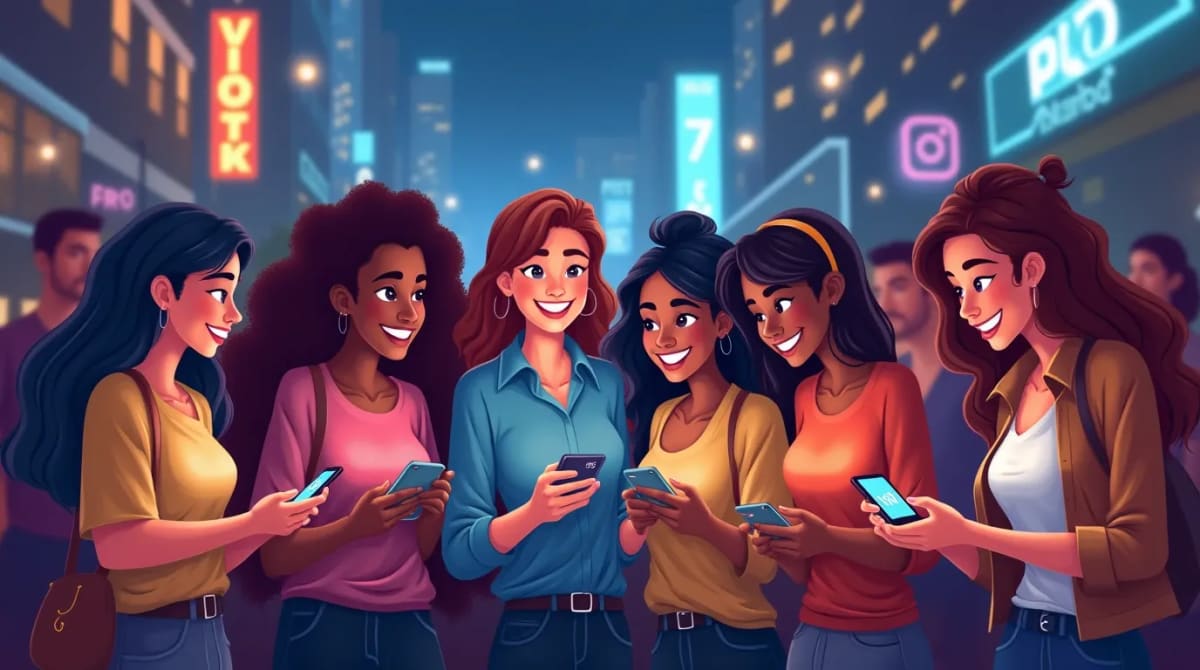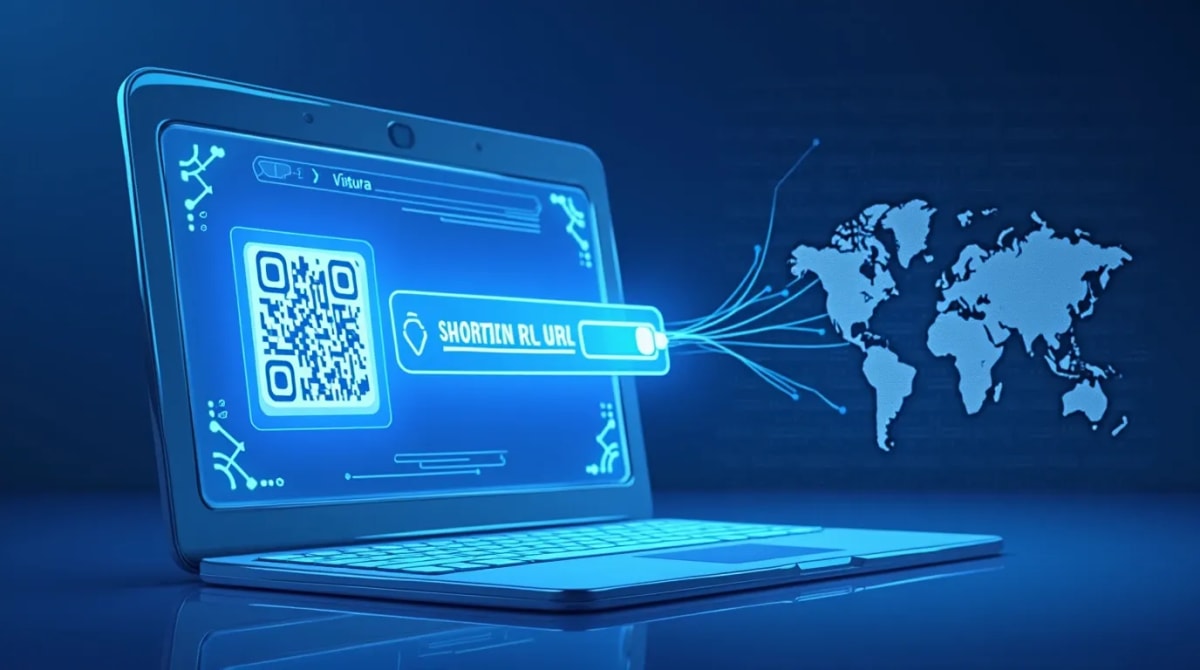
The Role of QR Codes in Modern Marketing
Last updated on: June 28, 2025
Introduction
In the ever-evolving landscape of digital marketing, QR codes have emerged as a vital tool for connecting businesses with consumers. These two-dimensional barcodes, once viewed as a niche technology, are now transforming marketing strategies across industries. With their ability to seamlessly integrate the physical and digital realms, QR codes offer unparalleled opportunities for engagement and innovation.
A Brief History of QR Codes
The story of QR codes begins in 1994, when Denso Wave, a subsidiary of Toyota, developed them to track automotive parts during manufacturing. Unlike traditional barcodes, QR codes could store significantly more information and were faster to scan. While their initial use was practical, their potential for broader applications went untapped for years.
It wasn’t until smartphones became ubiquitous that QR codes found their stride. Early adoption was hindered by the need for third-party scanning apps, but advancements in mobile technology and integrated QR scanners revolutionized their utility.
The Rise of Mobile Technology
Mobile technology has been a game-changer for QR code adoption. According to recent studies, over 90% of the global population owns a smartphone, making QR code scanning a universally accessible feature. Modern devices come equipped with built-in scanners, simplifying the process for users and removing barriers to entry.
This rise in mobile technology has enabled businesses to embed QR codes into their marketing efforts effortlessly. Whether it’s linking to a product page, directing users to download an app, or offering exclusive content, QR codes have become an integral part of the mobile-first marketing strategy.
The Role of QR Codes in Digital Marketing
QR codes bridge the gap between offline and online marketing. By scanning a code, users can instantly access digital content, making the customer journey more seamless. Here are some common applications in digital marketing:
- Website Traffic: QR codes can direct users to a landing page or a product catalog, driving traffic and increasing conversions.
- Social Media Engagement: Marketers use QR codes to link to social media profiles, encouraging followers and boosting brand visibility.
- Promotions and Discounts: QR codes often serve as gateways to exclusive deals, fostering customer loyalty.
Businesses can create custom QR codes tailored to their branding using tools like URLDN's QR Code Generator. These codes not only look professional but also enhance the user experience.
Enhancing Consumer Engagement
QR codes are instrumental in building interactive campaigns. For instance, brands have used them in scavenger hunts, gamified experiences, and augmented reality (AR) applications. Such strategies not only attract attention but also encourage active participation from consumers.
Interactive content keeps audiences engaged longer, increasing the likelihood of conversions. Additionally, QR codes can act as gateways to multimedia content like videos, podcasts, or 3D product demonstrations, enriching the consumer experience.
The Impact of the Contactless Era
The COVID-19 pandemic marked a turning point for QR code usage. With hygiene concerns driving the demand for contactless solutions, QR codes became indispensable. Restaurants adopted them for digital menus, retailers used them for touch-free payment options, and event organizers leveraged them for ticket verification.
Even as the world adapts to post-pandemic norms, the preference for contactless interactions persists. QR codes are now a standard feature in many industries, underscoring their importance in ensuring convenience and safety.
Personalization and Analytics
Dynamic QR codes have revolutionized marketing by enabling real-time personalization and analytics. Unlike static codes, dynamic QR codes can be updated without changing their appearance, allowing marketers to modify the linked content as needed.
These codes also provide valuable insights into user behavior, such as scan location, time, and device type. By analyzing this data, businesses can refine their strategies and deliver tailored experiences to their audience.
Creative Applications in Marketing
QR codes are not limited to conventional uses; their applications in marketing are only bound by creativity. For instance:
- Product Packaging: Brands use QR codes on packaging to share recipes, tutorials, or sustainability initiatives.
- Guerrilla Marketing: QR codes placed in unexpected locations generate curiosity and encourage exploration.
- Event Marketing: QR codes on invitations or posters link to event details, registration forms, or livestreams.
These innovative approaches not only captivate audiences but also reinforce brand identity.
The Future of QR Codes in Marketing
The future of QR codes is intertwined with emerging technologies. Integration with artificial intelligence (AI) and the Internet of Things (IoT) will unlock new possibilities. For example, QR codes could enable personalized shopping experiences through AI-powered recommendations.
Blockchain technology might also play a role, offering secure and transparent QR code applications for product authentication and supply chain tracking. As these advancements unfold, QR codes will continue to evolve as a cornerstone of modern marketing strategies.
Conclusion
QR codes have come a long way since their inception, transforming from a manufacturing tool to a marketing powerhouse. Their versatility, ease of use, and ability to bridge the gap between the physical and digital worlds make them indispensable for businesses looking to thrive in a competitive environment.
By leveraging tools like URLDN's QR Code Generator, businesses can create customized and effective QR codes that resonate with their audience. As technology continues to evolve, so too will the potential of QR codes in shaping the future of marketing.

